#original Pokémon
Explore tagged Tumblr posts
Text
I think this might be my best attempt yet ^.^

I'm so happy with how this turned out!
Plureon!
It's ME
#plureon#plureon ockin#plureon oc#original pokémon#original pokemon#fakémon#eeveelution#fake eeveelution#nonhuman#plureon nonhuman#ockin#original character otherkin#otherkin#plureon holothere#sona#truesona#trusona#holothere#art#plural#plural artist
8 notes
·
View notes
Text
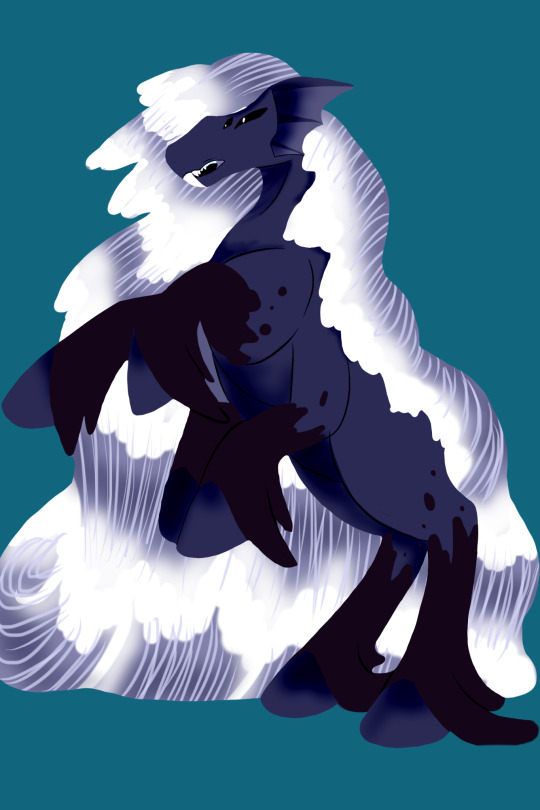
Ascended Dreadmare
Finally decided on the gimmick of my fake region and it’s currently being called ascension where a Pokémon briefly becomes imbued with a small portion of ancient power and effectively ‘Ascending’ for a few turns.
Dreadmare’s ascended form was heavily inspired by typhoons, kelpies, and Odin’s six legged steed Sleipnir.
#digital art#digital artist#art#pokemon#fakemon artist#fakemon#fakemon region#fake starter#fake water starter#water types#water/fairy#fairy type#water starter#kelpie#sleipnir#original design#original Pokémon
9 notes
·
View notes
Text
Whipwillow
The Whiplash Pokémon

Grass/Fighting
Lightning Rod
---------------------------------------------------
"This Pokémon's health is determined by it's color; green for health, gray for ill."
"It has trouble moving it's limbs. When the ground is devoid of nutrients, it will travel by swinging it's limbs around."
"When threatened, they will throw their limbs in retaliation with stone-crushing force."
17 notes
·
View notes
Text
I felt so bad for Mimikyu that I made up an evolution for it! It’s called Trutumi. It evolves through Mimikyu levelling up with high friendship while holding an item specifically for this purpose, a Box of Crayons.
The unconditional love and support of Mimikyu’s owner have improved its self-esteem. It no longer feels the need to imitate Pikachu to be loved. Instead, using the crayons it was given and its own claws, it transforms its costume into something new - believed to be a simplified representation of its true form - to embrace and be appreciated for itself.
Trutumi remains Ghost/Fairy-type. Its costume has been mostly coloured deep green with a slightly irregular black scale outline pattern on the body. It’s also stretched to stand taller and the Pokémon’s eye holes are in the costume’s face, suggesting Trutumi is about twice as tall as Mimikyu. The rest of the face has pastel pink scribbled blush circles, a wide, joyful fanged smile drawn in black, and flat, spiky ears of ripped fabric outlined in black on top of the costume’s round head. The stuffing removed from the head (I’ve always thought there must be stuffing in there; empty fabric won’t stay in that shape) fills out lumpy purple wings at the back that make Trutumi’s silhouette appear somewhat angelic. Two longer, thicker black tentacles emerge from underneath the base of the costume. It’s torn into a skirt of purple strips resembling more tentacles, which Trutumi ripples and shakes to emote. The jagged stick Mimikyu carried pokes out of the costume’s forehead like a horn. It acts as a conduit of dark magical energy, a black aura undulating smokily around it and moving faster and more intensely when Trutumi is upset, angry or unleashing its power. This strange energy can unnerve even other Ghost types.
Trutumi loses the Disguise Ability now that it fills its costume, but gains the unique Ability Will Shaker, which works similar to Intimidate but lowers the opponent’s Defence stat. The opponent senses its power and is afraid, making it more vulnerable to attacks.
It has a unique Ghost-type special signature move, Eldritch Daze. It wraps its opponent in its tentacles, pulls the frightened Pokémon close and blasts it with the black energy of its horn as its eyes glow bright. This causes confusion that lasts for the maximum four turns and cannot be cured, regardless of the Own Tempo ability. The reason is that being bombarded by the unfiltered power of such an indescribably horrifying creature mentally unbalances the opponent. Mimikyu lacked this move because Trutumi can control its power better.
#yes trutumi’s costume is based on cthulu#i LOVE the whole concept of ‘lovecraftian horror but it’s actually a cinnamon roll’#so i wanted to lean into it#the purple is because it’s a classic spooky colour and it’s the opposite of yellow#mimikyu#pokémon#original pokémon#fakemon#pokémon evolution
10 notes
·
View notes
Text
Finally started getting into Pokémon recently and thought I'd take a crack at designing a Pokémon
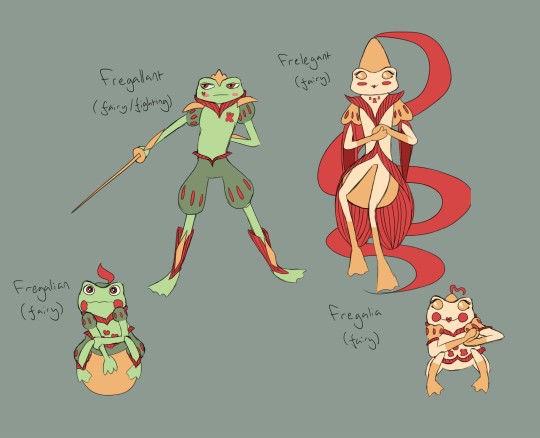
Behold Fregallant and Frelegant (they're the same species but the male and female version, so Fregalian/Fregallant is always male and Fregalia/Frelegant is always female)
So tldr they're princess and the frog themed. The gimmick is that you need Fregalian and Fregalia to be in your party at the same time to make them both evolve— Fregalian gives Fregalia a golden ball and Fregalia gives Fregalian a ✨little kiss✨ and they evolve into a prince and princess. It's sort of like the thing where male penguins give female penguins a rock
Also fun fact the markings on the stomachs of Fregalian and Fregalia are supposed to look like butterflies (so they have "butterflies in their stomachs")
1 note
·
View note
Text
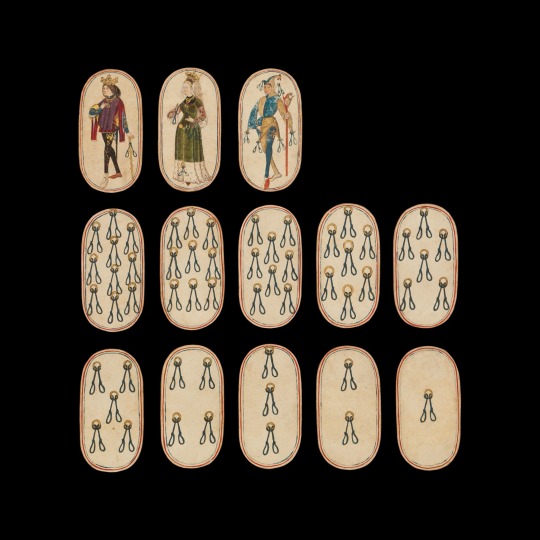
It is not known how these cards were played, but almost all card games from 15th century Europe involved some form of gambling. Since at least the 7th century, people throughout the world have used used cards for games or as collector's items. Photograph By The Metropolitan Museum of Art, New York
The Original Pokémon? A Visual (Ancient) History of Trading Cards
Our love of playing cards dates farther back than you think—perhaps as far back as the T’ang Dynasty. Here’s a look at their colorful past.
— By Elaina Zachos | November 3, 2023
In a world filled with endless entertainment, some of the simplest and most enduring sources of amusement can be found in a deck of playing cards.
For centuries, these unassuming game pieces have held a special place in the hearts and hands of people across the globe. From the hand-painted cards of T’ang Dynasty China to paper-and-plastic Pokémon trading cards, the history of playing cards spans cultures, epochs, and continents.
When The Walt Disney Company celebrated its 100th birthday last month, everyone got to take part in this century’s-long tradition with TikTok’s new digital playing card game. As a member of the mouse-eared family, Nat Geo saw over four million new followers scurry to our TikTok account, mostly to trade these digital cards.
This got us thinking—what’s the history of playing cards anyway?
China A.D. 600-1600s
It’s unclear when and where playing cards were invented, but they were popularized in China more than a thousand years ago. References to “domino cards” existed as early as the T’ang Dynasty, which lasted from 618-907 AD. Some historians, however, say playing cards took off during the 10th century. Either way, these cards were originally hand-painted on paper or parchment.
Fast-forward a few hundred years to the Ming Dynasty—which lasted from 1368-1644 AD—and you’ll find playing cards gaining steam. At this point, some cards had images of characters from popular novels. Others were “money cards” with suits inspired by old Chinese currency.
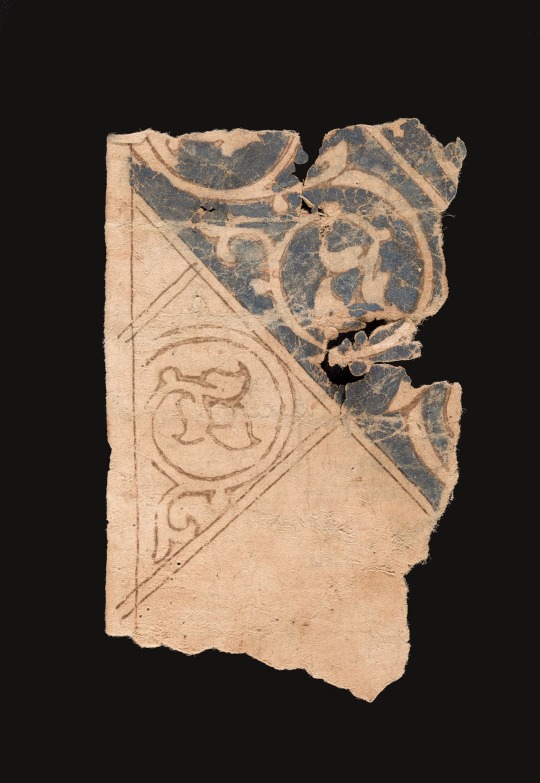
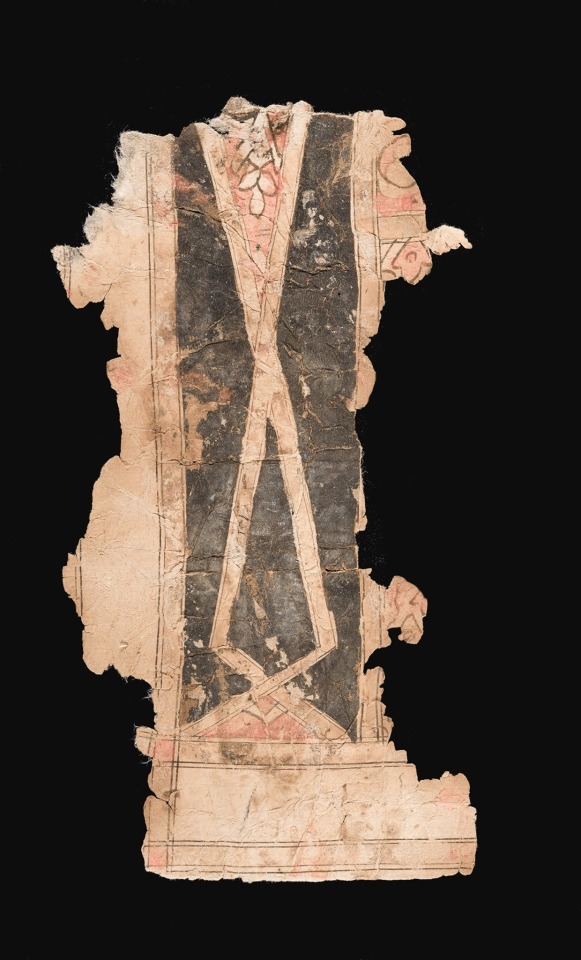
Left: These playing card fragments date to 13th and 16th century Egypt and are remarkably similar to those used today, with fifty-two cards divided into four suits: cups, coins, swords, and polo sticks.
Right: Unlike their Western counterparts—the king, queen, and jack—Mamluk court cards do not feature figural imagery but are identified through a combination of symbols and label-like inscriptions. Photographs By Museum Associates/LACMA
Egypt 1300s-1500s
From China, playing cards were likely carried to the Middle East via the Silk Road.
One deck dates back to the Mamluk Sultanate of Egypt, which ended in 1517. These hand-painted cards were adorned with intricate calligraphic rhymes and likely belonged to a wealthy owner. They carried suits of coins, cups, swords, and polo sticks. Each suit would have had 13 cards, including three all-male court cards: the King, the Lieutenant, and the Second Lieutenant.
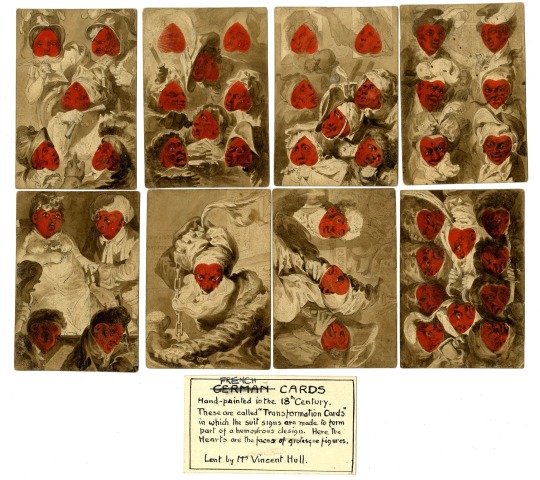
These French playing cards were made in the 18th century. The suit, hearts, are hidden in the cartoonish faces depicted on the card. Photograph By The Trustees of The British Museum
Italy, Spain, and France 1400s-1700s
There’s wide speculation on how playing cards eventually made it to Europe, playing card historian Peter Endebrock told Atlas Obscura in 2020. But most historians agree they suddenly showed up by the end of the 1300s, possibly introduced by Crusade-era soldiers.
Europeans loved these cards. Hand-painted and elaborately designed, playing cards were originally a luxury good popular among the wealthy. However, printing presses and stencils eventually helped to simplify the patterns on the cards and made them more accessible to a wider audience. By the 15th century, playing cards could be found throughout the continent’s inland trade routes.
In the Middle Ages, playing cards began to take on divination capabilities, which marked a significant shift in the use of the cards. For example, the Tarot deck, originally for competitive card games, later morphed into a tool for fortune-telling.
Today, the 52-card French deck is the most famous playing card deck. Its four suits (hearts, diamonds, clubs, and spades) and two colors (red and black) are well-known to players around the world. The deck’s popularity is partially due to its simple design and because it was a favorite among the most prominent imperialist powers: France, the United Kingdom, and the United States.
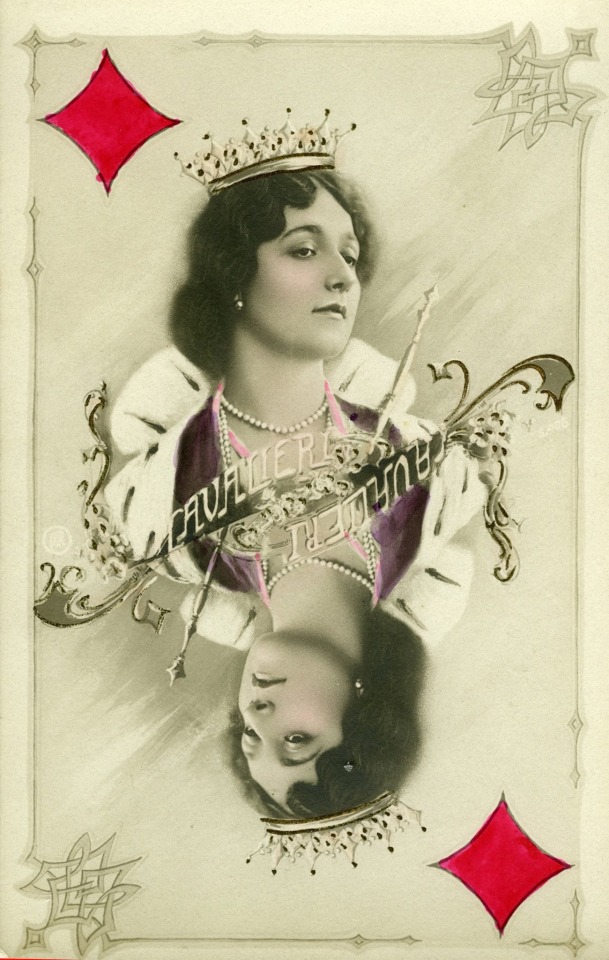
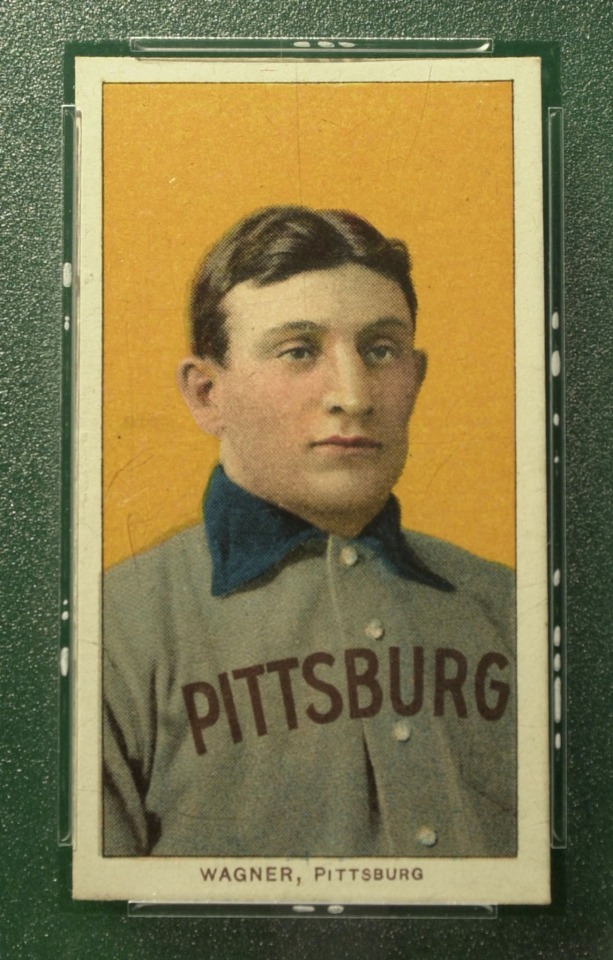
Left: Early collectible cards didn't just feature athletes—some depicted celebrities. The women show here was French dancer Cleo de Merode, who lived from 1875 to 1966. Photograph By Transcendental Graphic/Contributor
Right: Honus Wagner was an American baseball player during the turn of the century. The baseball card seen here sold for a record $7.25 million in 2022. Photograph By Chris Hondros, Newsmakers/Getty Images
U.S. Athletes and Celebrities 1800s-1900s
Heavily taxed playing cards circulated in the American Colonies before the Revolutionary War. After, U.S. printers began making their own copies. Americans eventually introduced Joker cards to French decks around 1860.
Trading cards, similar to TikTok’s Disney100 collectibles, originated as “trade cards” around the same time as jokers. First sold as advertising cards, they were packaged up with cigarettes to keep the packaging stiff.
Multi-color printing around the turn of the century made trade cards even more popular. Although the cards were not related to specific products, companies began including them in packaging as a sort of prize for consumers. By the time baseball became a professional sport, sports trade cards were printed and sold in candy and tobacco products.
Members of the public began collecting these cards and trading them with each other. In the 1930s, companies began printing athletes’ biographies on baseball cards and selling them in packs of bubble gum. By 1949, Topps Chewing Gum was including cards of athletes, cinema stars, and big game hunters in their products. People started viewing sports cards as valuable collectibles in the 1980s, despite their low monetary worth years earlier.
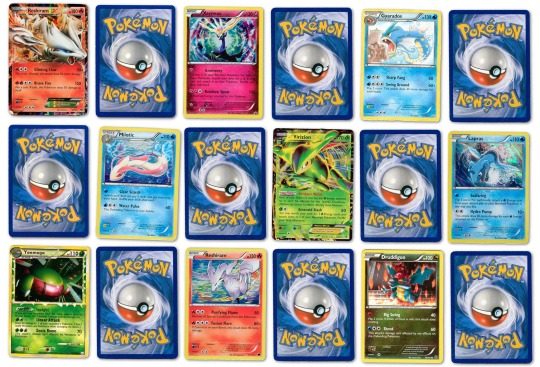
Inspired by the video game, Pokémon cards are used both as collectors items and as game playing cards. Some rare cards are worth thousands of dollars. Photograph By Oreolife/Alamy Stock Photo
Pokémon 1990s-Present
Trading cards morphed into gameplay by the close of the 20th century. In 1993, while working on his PhD in mathematics at the University of Pennsylvania, Richard Garfield invented Magic: The Gathering, which is one of the most well-known trading games today.
Around the same time, a game designer and an illustrator in Japan pitched Nintendo on a game called Pocket Monsters. In 1996, Pocket Monsters—which would later be renamed Pokémon—was released as a video game and went on to sell millions of copies.
Months later, a companion trading card game was produced, which contained 102 illustrated cards. One year after the U.S. release of Pokémon in 1998, the Pokémon Trading Card Game was introduced to North America by the same company that created Magic: The Gathering. More than 30 billion Pokémon cards have been printed today.
#History | Trading Cards#Original Pokémon#T’ang Dynasty#Elaina Zachos#National Geographic#The Walt Disney Company#Egypt 🇪🇬 | Italy 🇮🇹 | Spain 🇪🇸 | France 🇫🇷 | China | US 🇺🇸
1 note
·
View note
Text
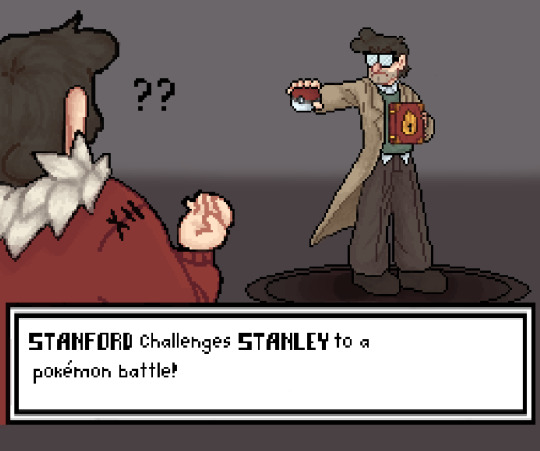
Click for better quality, I'm begging
Companion piece to this!
#okay how obvious is it that I don't do pixel art?#it was so hard oh my gosh#I didn't look up any references I know the actual Pokémon text doesn't look like that 😭#my canvas was super small when i originally went to post this the quality was soo bad 😔#i just screenshotted my screen instead of saving the image 🤞#cole's art#gravity falls#art#grunkle stan#stanley pines#grunkle ford#ford pines#stanford pines#gravity falls pokémon au#pokémon#pokémon au
2K notes
·
View notes
Text
Tumblr Tuesday: WooOOooOOOOhh!
Happy Halloween, Tumblr. We hope everyone is enjoying trick-or-treating and all the cursed images you're sending each other. From cute to creepy via weird and wonderful, here's a selection of Halloween art from your very own #Artists on Tumblr.
@ambermaitrejean:
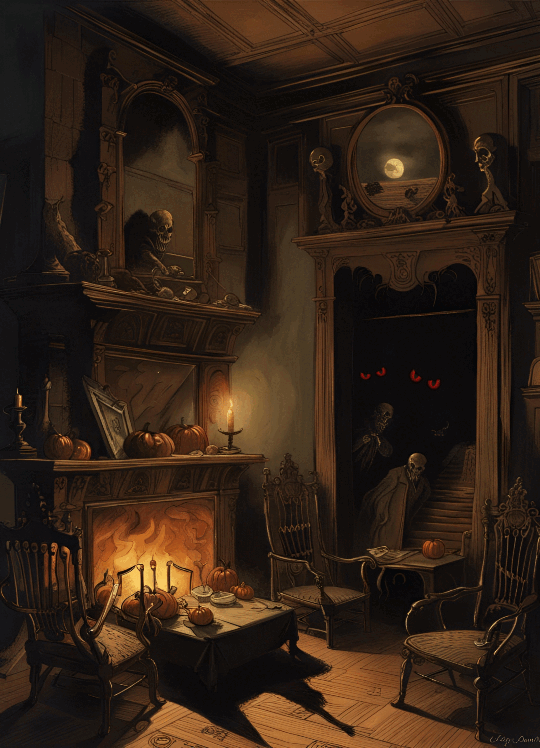
@myjetpack:

@celesse:
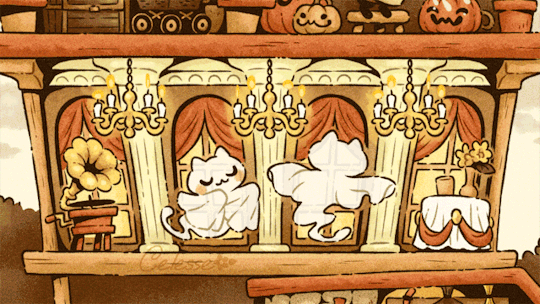
@gleafer:

@valeron99:

@bymossypine:
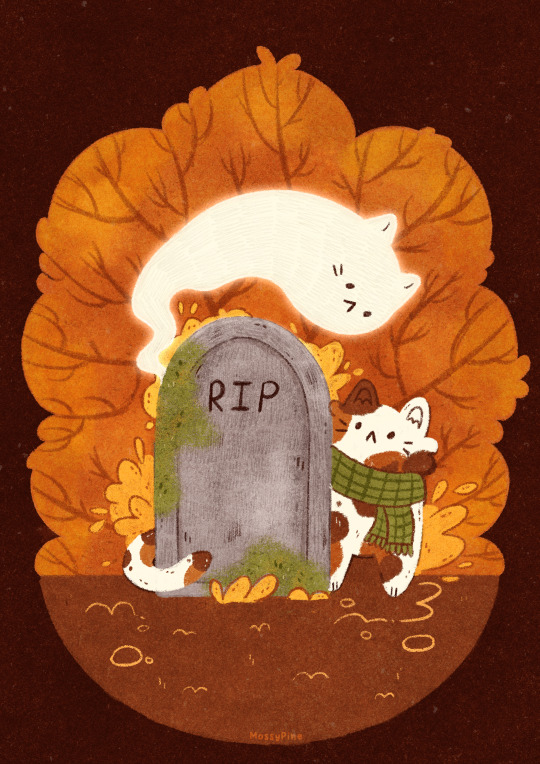
@kellkyy:

@nynevefromthelake:
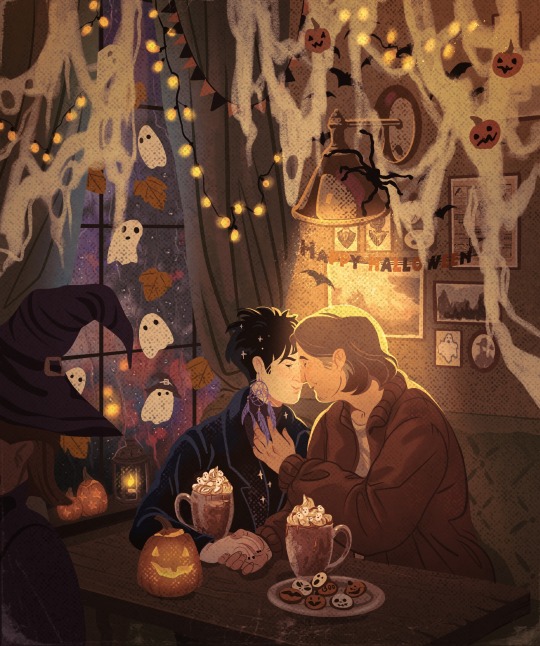
@itscarliart:

@cupofmin:
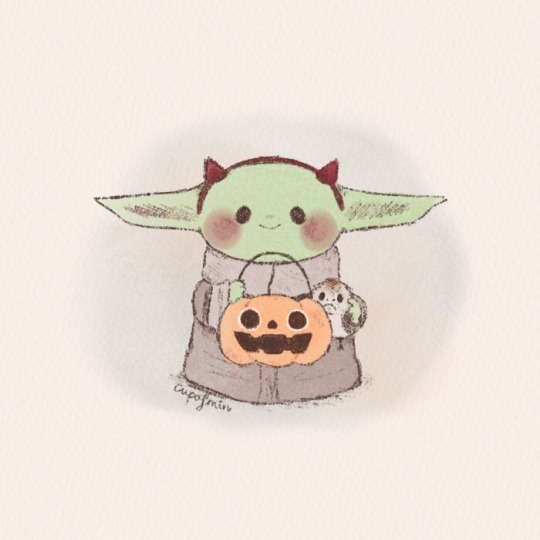
@owlyjules:

@the-deadly-donut:

@enerjax:

@passionpeachy:

@z0mbieparty:
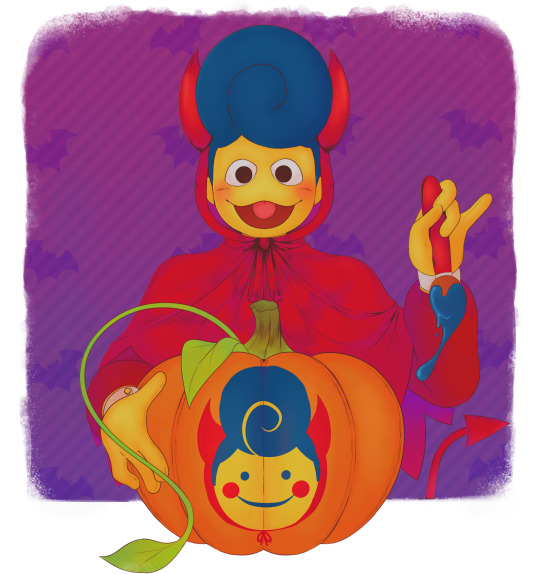
@monstersovka:

@torigatonda:

@oddarette:

@lizmamont:

@butt-berry:

@zandramims:

@cyanocittae:
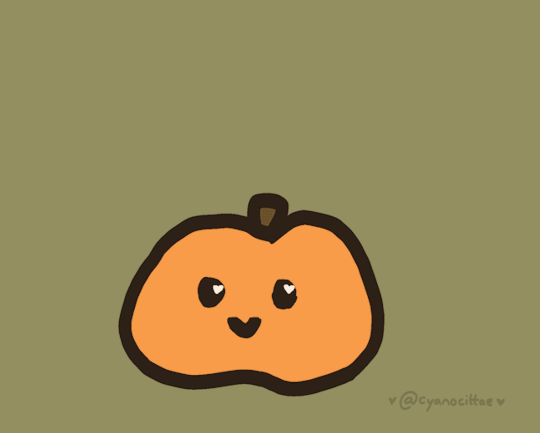
#halloween art#artists on tumblr#original art#fanart#good omens#the sandman#dreamling#fnaf#the mandalorian#grogu#welcome home#dnd#character design#cryptids#pokémon#gif#long post
8K notes
·
View notes
Text

Slowpoke girl enjoying the cool morning spring(???) weather
3K notes
·
View notes
Text
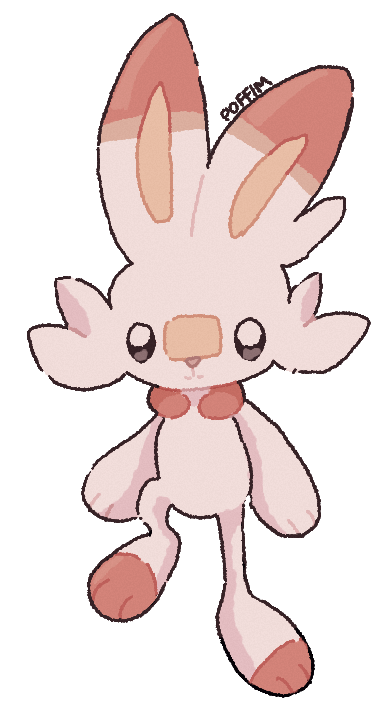
bunny
#digital art#artists on tumblr#illustration#my art#fanart#pokemon violet#digital fanart#pkmn#pokemon#my fanart#pokémon fanart#pokémon fandom#scorbunny#artwork#art#drawings#drawing#digital illustration#digitalart#digital drawing#original illustration
3K notes
·
View notes
Text
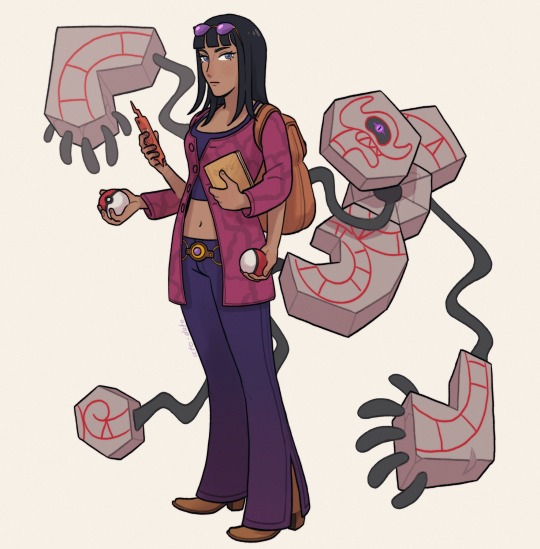
Archaeologist Robin wants to know if you’ve seen any strange rocks lately!
#I was originally gonna draw Perona as a gym leader but then I found Runerigus while looking for ghost type Pokémon#it fit too much not to draw Robin with it#anyway#nico robin#op robin#one piece#nico robin fanart#one piece robin#pokémon#pokemon fanart#runerigus#op fanart#art#my art#artwork#fanart#digital art#drawing
1K notes
·
View notes
Note
What steps did you take to find your pokemon self? If I'm correct it's your own creature that is you, but how did you go through the steps to find yourself?
It was by accident, to be honest
I really like pokémon, and often make/design little fakémon for fun - especially eeveelutions
When I created plureon... something just clicked
It wasn't intentional or me trying to find myself or anything like that; it started out as just a little pokémon doodle
But unlike all my other original pokémon, this one... this one felt like looking in the mirror
If that makes sense 😅
#plureon#plureon holothere#holothere#plureon alterhuman#alterhuman#plureon nonhuman#nonhuman#original character otherkin#original pokémon#otherkin#fakémon
2 notes
·
View notes
Text








Pokémon TCG BW Plasma Storm (2013), Legendary Treasures (2013), XY Phantom Forces (2014), Ancient Origins (2015), BREAKPoint (2016), Generations (2016) & Fates Collide (2016) illustrations by Kanako Eo 😍😍😍
#kanako eo#pokémon#official art#card art#pokémon trading card game#tcg#pokemon#pokémon black and white#pokémon xy#pokémon x and y#plasma storm#legendary treasures#phantom forces#ancient origins#breakpoint#generations#fates collide#espurr#torchic#deerling#corsola#cottonee#meowth#gourgeist#ralts
2K notes
·
View notes
Text

I don't support the leaking of company internal data and other confidential information. That being said, Warabbit is my friend. 🛟
#If you don't know this rabbit was originally going to be the Hoenn water starter#Pokemon#ポケモン#Pokémon#Gen 3#Generation 3#Hoenn#Warabbit#ワラビット#Mudkip#My art
791 notes
·
View notes
Text
My Pokémon
This is all of the Fakemon I've come up with in one document. It's easier than making individual posts for all of them, as I have been until now. I can't draw, so there are no pictures, but I have described them in detail; if anyone would be so kind as to draw any of them, I will add the pictures and credit the artist. Please take a look if you like Fakemon, I worked really hard on these to make them good. Also, feel free to ask or DM me about them. I'm happy to learn about your Fakemon too!
Regional Forms
@fakemon
5 notes
·
View notes
